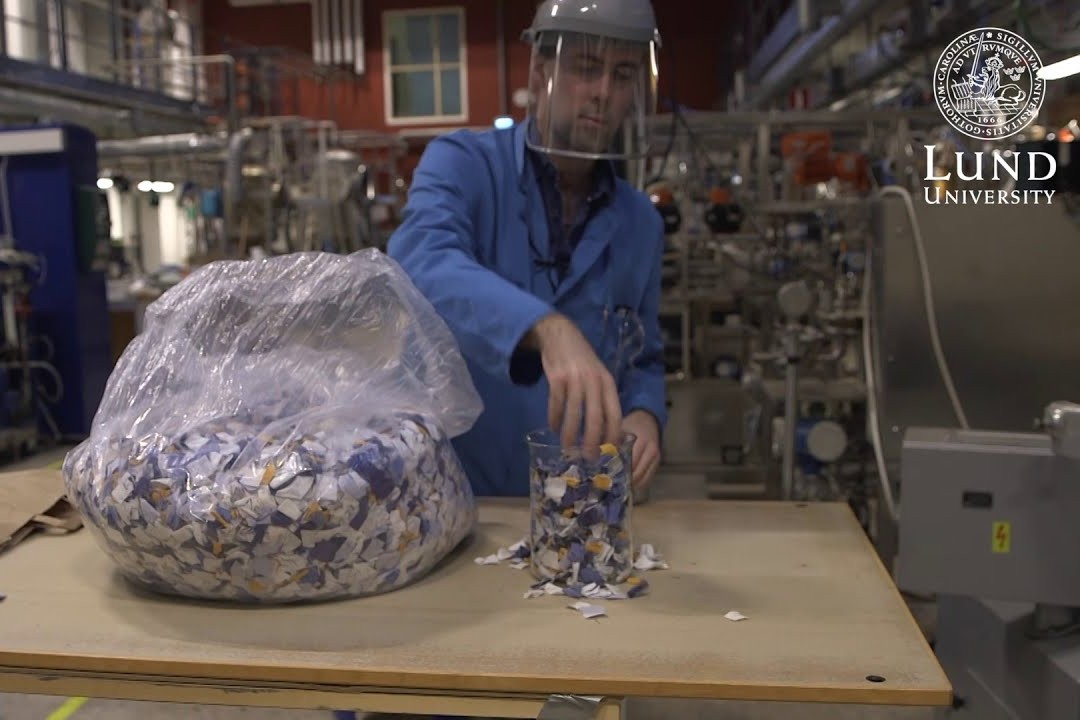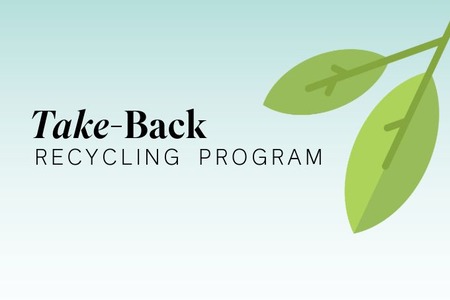
Lund University scientists uncover a method to give new life to discarded cotton textiles
YarnsandFibers News Bureau 2021-03-05 11:38:28 – SwedenScientists of Sweden-based Lund University, have found a new technique of converting cotton into sugar which can then be converted into ethanol, spandex, or nylon.
Among the 100 million tonnes of textiles that are discarded globally per year, around 25 million tonnes of them are cotton textiles. In other regions, clothes often end up in landfills but in Sweden, a major portion of the material is sent directly to an incinerator and then turned into district heating.
Edvin Ruuth, a researcher in the department of chemical engineering at Lund University said that although cotton is a renewable resource, it is still not particularly energy-efficient.
Fibers of some fabrics are strong enough to be reused but a lot of the discarded fabrics have fibers that are too short for re-use. The same is the case of cotton fibers which become too short for the process known as fiber regeneration.
Edvin Ruuth’s Chemical Engineering department has gathered extensive knowledge in relation to the use of enzymes and microorganisms to convert the 'tougher' carbohydrates found in biomass into simpler molecules. This implies that all waste materials like black liquor, wood chips, biological waste, and straw can be converted into bioethanol, biogas, and other chemicals.
At present, the researchers have achieved success in disintegrating the plant fiber found in cotton i.e. the cellulose into smaller components without using enzymes or micro-organisms. In this process, the fabrics are soaked in sulfuric acid that results in a dark, clear, amber-colored sugar solution.
Ruuth said that the main secret is to discover the right combination of temperature and sulphuric acid concentration. He added that the highly flexible nature of glucose molecules results in several potential applications. Ruuth along with professor Ola Wallberg and doctoral student Miguel Sanchis-Sebastiá has fine-tuned its 'recipe'. He noted that their plan is to develop chemicals that can be used in manufacturing various types of textiles like spandex and nylon or in producing ethanol.
5 L of sugar solution is extracted from a normal sheet, and each liter contains the equivalent of 33 sugar cubes. Since the liquor contains corrosive sulfuric acid, hence it is not feasible to convert the liquid into a soft drink. Solving the intricate structure of cotton cellulose was one of the difficult tasks. Ruuth said that finding the right concentration of acid, the right number of treatment stages, and the temperature was a very delicate process. He added that the strategy of hydrolyzing pure cotton is an old concept that was discovered in the 1800s. But it involved a lot of challenges like turning the process attractive, effective, and economically viable. Either a lot of cotton was utilized or it led to an unsustainable cost and environmental impact.
It has been expected that the percentage of fabrics reaching district heating will reduce as soon as the technology from Lund is launched commercially.
Swedish Energy Agency awarded SEK 6 million for the financial support of the study. Lund University’s Faculty of Engineering is the project manager, and Rise is part of the project.
Market Intelligence
Ask for free sample Report

experience
Customer Base
dedicated team
Countries Served Worldwide









